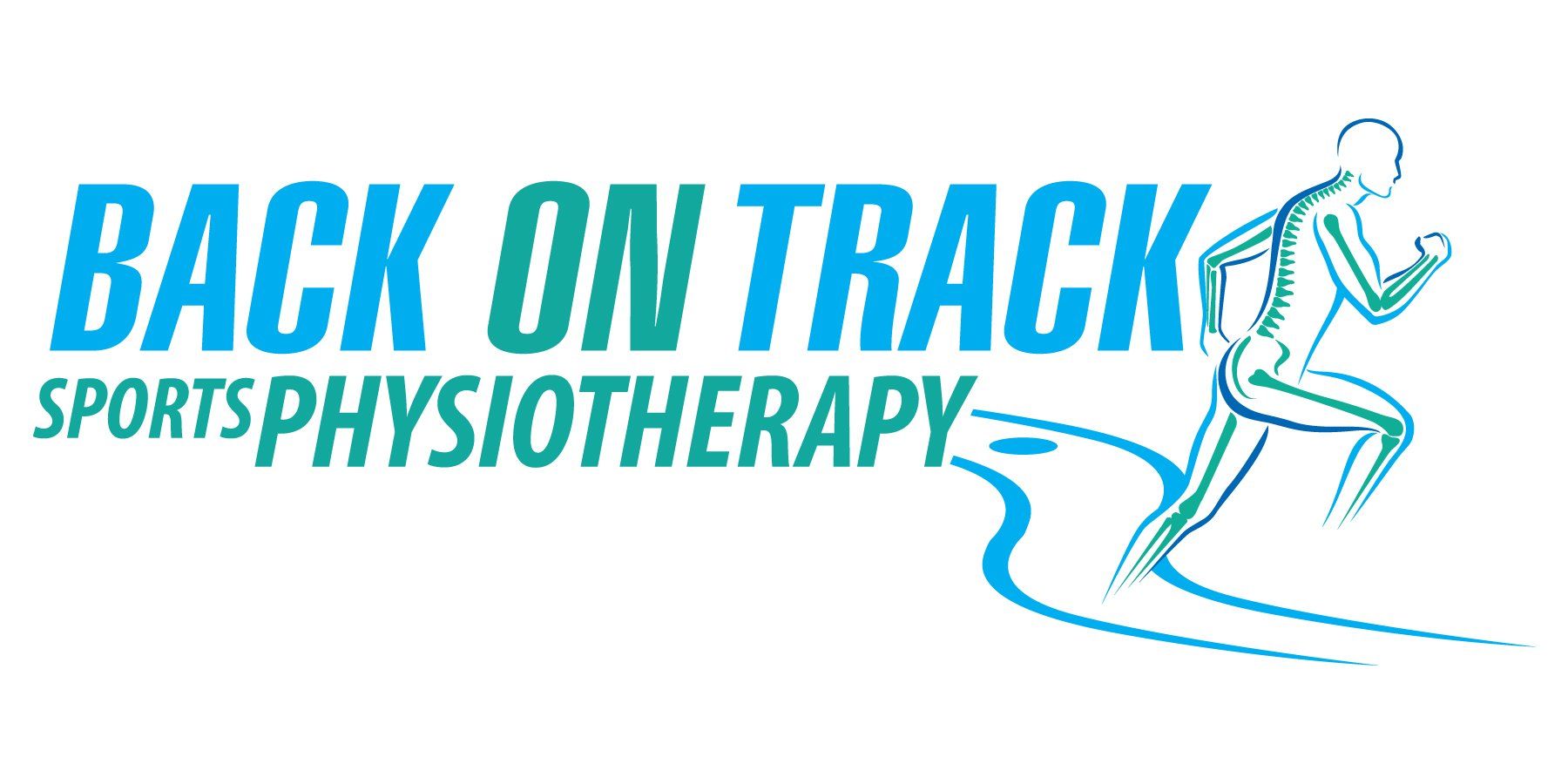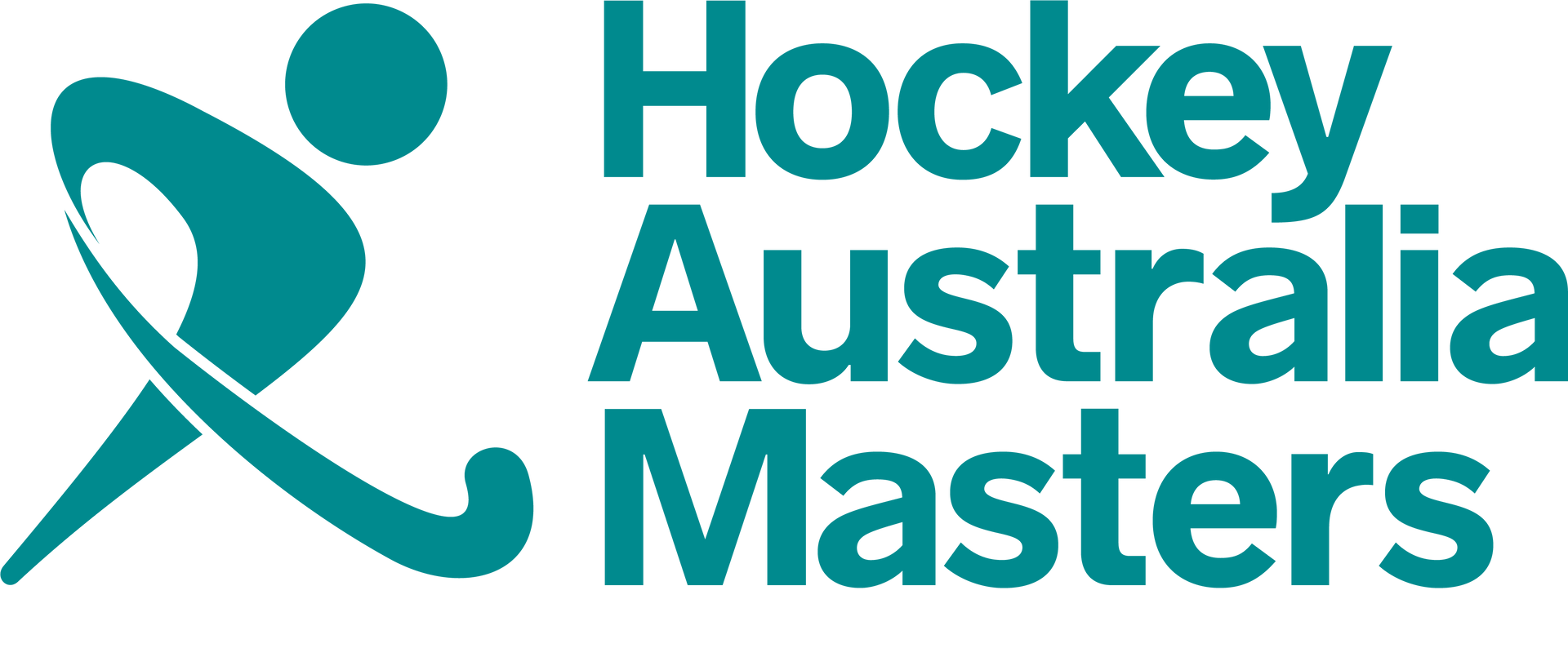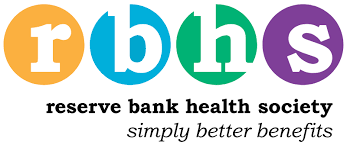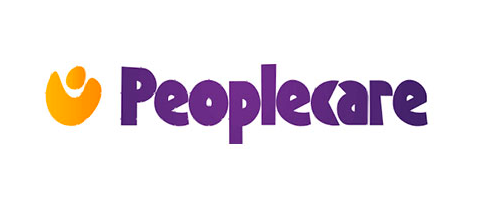Prevention of Sports Injuries
Based on current research findings, listed below are potential areas where a competitive advantage may be gained through the use of compression garments:- enhancing blood circulation to peripheral limbs
- reducing blood lactate concentration during maximal exercise bouts
- enhancing warm-up via increases in skin temperature
- increasing vertical jump height
- improving repetitive jump power
- reducing muscle oscillation upon ground contact
- increasing torque generated about joints, improving performance and reducing the risk of injury, for example, assisting the eccentric action of the hamstring at the end of the swing phase in running
- enhancing recovery following strenuous exercise by aiding in the removal of blood lactate and improving subsequent exercise performance
- reducing the effects of delayed onset muscle soreness in the days following strenuous exercise
- increasing feelings of positive leg sensations both during and following strenuous exercise.
In conclusion, according to the literature, compression garments may offer several ergogenic benefits for athletes across a multitude of sporting backgrounds. In particular, some studies have reported that compression garments can improve muscular power, strength, enhance recovery following intense exercise and improve proprioception. However, caution should be taken when choosing the correct compression garment for your sport and ensuring the garment provides enough pressure to promote venous return.
SUGGESTED ROUTINE ? POST-MATCH RECOVERY STRATEGY
Below we have listed basic recovery practices that can be completed by a team participating at any level. This routine has been structured so that the body can be rehydrated, energy stores can be replenished and muscle can be repaired at an improved rate.
1. Start drinking cool carbohydrate/sports drinks immediately on entering the change rooms. This should continue throughout the recovery session.
2. Have carbohydrate-protein snacks readily available for consumption (for example, meal supplement drinks, sports bars, salad and meat sandwiches).
3. Five-minute walk/jog/stretch routine as soon as practical after the players return to the change rooms.
4. Fifteen-minute recovery circuit, alternating between contrast and active groups:
a) contrast: hot shower (37?43 oC)/ice bath (12?15 oC). Hot?cold contrasts should be completed at a ratio of 3:1 (hot:cold)
b) active: bike/walk/stretch at low intensity
c) groups to rotate after approximately six minutes
d) all players finish with a two-minute ice bath (12?15 oC).
5. Have athletes bring food packs for post-match and have them consume this before leaving after a match.
6. Ensure that the post-game meal consists of carbohydrates that have a high glycaemic index.
7. A post-game meal (that is, two to three hours post-game) should consist of high glycaemic index carbohydrates. Some good examples of these dishes are rice dishes, pasta and/or white bread with protein (for example, meat, chicken, etc.).
8. Some athletes have difficulty eating soon after matches, therefore a meal replacement drink (for example, Sustagen or Protein Plus) can be useful.
PSYCHOLOGICAL CONSIDERATIONS IN RECOVERY
Under-recovery or poor recovery can contribute to stress, staleness and burnout. Athletes must be well versed in a variety of recovery techniques and be diligent about applying them. Recovery strategies include regeneration (physical repair), physiological and behavioural strategies (for example, icing, relaxing, etc.), and some coping responses (for example, debriefing). Increased physical, mental and/or emotional demands and stressors on the athlete require greater recovery. Athletes' training programs may need to be adjusted to allow for a greater emphasis on recovery during periods of increased training or personal stress. The psychological gains from good recovery practices include increased motivation, a sense of well-being and the reduction of training and/or life stress.
More psychological benefits are listed under the various recovery strategies below. While these strategies are by no means exhaustive, they offer a range of options that are frequently used by athletes in enhancing their recovery.
COOL DOWN
Most athletes understand the benefit of an appropriate warm-up before training and competition, yet many fail to recognise the importance of a cool-down. Gradually slowing down the intensity of exercise for 5-15 minutes at the end of a session, followed by static stretching for 5-10 minutes after the cool-down, will help to remove waste products from muscles and reduce post-exercise muscle soreness, while helping the body to return to the resting state gradually. The cool-down period also allows time to think about the training/event and begin the debriefing process.
HYDRATION
Proper hydration - during preparation, competition and training - will improve athletic performance, reduce the potential for thermal injury and speed the rate of recovery. Studies have demonstrated that athletes typically replace only about 50 per cent of their sweat loss, and thus often undertake subsequent training sessions in a dehydrated state.
Individual 'hydration profiles' can highlight athletes who are at risk of dehydration due to poor fluid consumption and/or high sweat rates:
- weigh athlete in minimal clothing before and after session
- loss of 1kg = 1litre fluid loss = fluid deficit for session
- 1500ml of fluid should be drunk for every 1kg of lost body weight over subsequent 2-4 hours to restore fluid balance.






















































